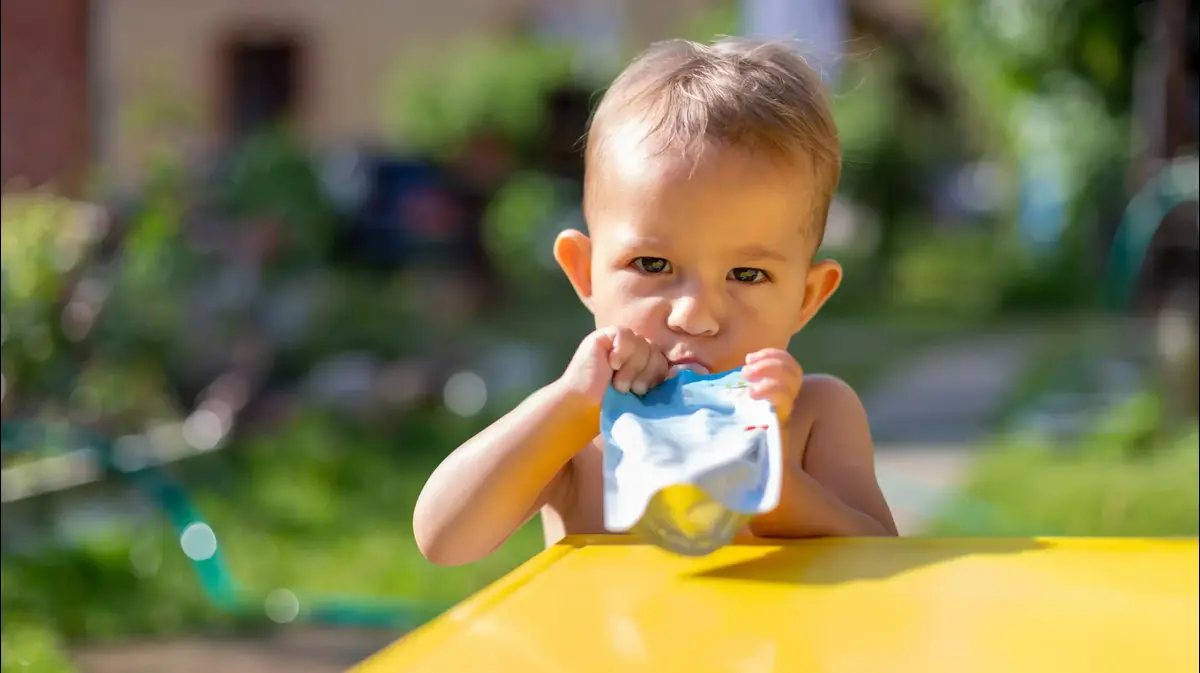More than a century ago, the American naturalist John Muir wrote, "Come to the woods, for they are a place of rest and stillness."
Perhaps this is not true anymore, as even forests and mountainsides are threatened by a plastic invasion coming from cities.
Plastic rain is not just a controversial theory or hypothesis, it has become a worrying reality.
Plastic rain
The term “plastic rain” refers to spray containing microplastic particles, 5 millimeters or less in size.
There are many sources of these particles, as they may result from the crushing of larger plastic materials, or from the use of personal care products that contain plastic particles, or in many cases they may be waste and exhausts of many industrial processes such as the manufacture of clothing, textiles, and others.
Microplastic rain can have serious environmental and health impacts, as it is easily inhaled or ingested by animals and humans due to its minute size, which may lead to negative health effects such as respiratory diseases.
Therefore, understanding the sources and effects of micro-"plastic rain" is important for developing strategies to limit its spread in the environment and mitigate its negative effects.
Millions of microplastic particles fall and settle on Earth's surface every day (Getty Images)
New results - by a research team from the University of Auckland in New Zealand - indicate that approximately 5,000 microplastic particles are the average amount that fall and settle daily on every square meter of Auckland city rooftops, according to what he indicated. Science Alert report.
The study was published in Environmental Science & Technology ES&T on December 2.
The amount of plastic carried by this spray - according to the study - is estimated at about 74 metric tons of plastic every year, which is equivalent to about 3 million plastic bottles, and this large amount of plastic is much greater than that observed recently in London, Hamburg or even Paris.
At each of the sites, the researchers spotted remnants of 8 different types of plastic in the atmosphere.
“Polyethylene” (PE) used in grocery bags and pressure containers topped the list of observed microplastics, as it was the most concentrated, followed by “polycarbonate” (PC) used in protective equipment and medical devices, while “polyethylene terephthalate” (PETE) came second. Used in food and beverage packaging, it ranked third.
Airborne plastic particles around Oakland have been encroached upon by winds and coastal waves (Getty Images)
Plastic particles.. How do they move and what are their concentrations?
The number of microplastics detected in Auckland tends to increase when coastal winds are exceptionally strong, and the findings suggest that airborne plastic particles around the city have been encroached upon by those coastal winds and waves.
Joel Rendelub, one of the researchers participating in the study, says, "The emergence of these materials scattered in the atmosphere, as a result of the creep of crashing waves, could be a major cause of their spread around the world, and it could also explain the mechanism of transmission of these materials to the atmosphere as well as their transmission to distant places such as New Zealand".
It is difficult to accurately quantify microplastics in the atmosphere, as it can vary greatly depending on location, season and other factors, and there is no single approved method for measuring it.
However, some studies have attempted to measure the concentration of microplastics in the atmosphere, and found that it can be very high in certain areas.
A recent study was conducted in the United States to assess wind and rain transport of plastic particles in reserves in the south and mid-west of the country.
This study estimates the amount of plastic particles - which are likely to fall with rain specifically in these areas alone - at more than a thousand metric tons annually, while another study estimated that the equivalent of 120 million plastic water bottles of these particles will fall from the sky with rain every year.
In addition to these results, an experimental study conducted in Europe monitored the presence of microplastic particles in the remote Pyrenees mountains, and it was found that the concentration of materials in the atmosphere reaches 365 particles per cubic meter of air, while the results of another study conducted in China resulted in a concentration of particles reaching microplastics in the atmosphere to 1,200 particles per cubic meter of air in urban areas and up to 680 particles per cubic meter of air in rural areas.
Plastic represents 85% of all marine waste (Getty Images)
Possible effects
Plastic currently represents 85% of all marine litter.
By 2040, it will almost triple, adding between 23 million and 37 million metric tons of waste to the ocean each year, which means adding about 50 kilograms of plastic per metre.
This will expose marine life to the risk of poisoning, biological disturbance, starvation and suffocation.
Man also faces a threat, by eating seafood contaminated with plastic waste, his body will have to face many health risks, as these substances penetrate the skin and are inhaled when they are suspended in the air, and may also cause hormonal changes, growth disorders, reproductive abnormalities, and even cancer. If it is transmitted to humans through water sources.
Plastic pollution may also have serious consequences for the global economy, when calculating the impacts on tourism, fisheries and aquaculture, in addition to the prices of projects such as cleaning and recycling operations. These costs were estimated at between $6 and $19 billion annually, during 2018.
According to a United Nations report on plastic pollution, by 2040, companies could suffer annual financial risks estimated at $100 billion if governments ask them to cover waste management costs.
It could also lead to an increase in the illegal dumping of domestic and international waste.
It is necessary to work to prevent and remove plastic waste from the environment (Getty Images)
What do we do?
Plastic is everywhere and we cannot turn a blind eye to it.
Perhaps the most obvious solution in our hands to reduce the effects of plastic rain is to prevent and eliminate plastic waste from the environment, by further reducing our use of plastic, and preventing this material from entering our environment through improved waste management, along with the removal of plastic waste in our surroundings through recycling programs.
No one can yet be certain of the size of the impact of airborne plastic particles on human health, and the smaller these particles are, the more likely they will be transmitted to our cells during breathing and thus the higher the possibility of harm.







